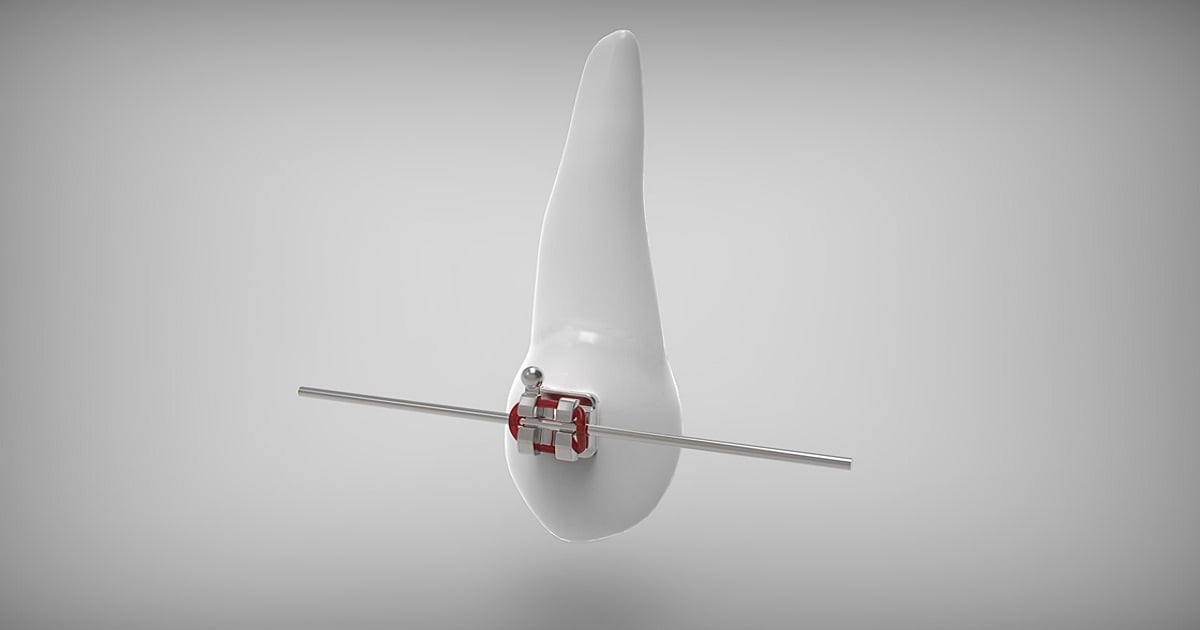Materials and Techniques in Dentistry, Oral Surgery and Orthodontics
A special issue of Materials (ISSN 1996-1944). This special issue belongs to the section "Biomaterials".
Deadline for manuscript submissions: 20 June 2024 | Viewed by 13036

Special Issue Editors
Interests: orthodontics; adhesive dentistry; shear; bond strength; bracket; fiber-reinforced composite; craniofacial growth
Special Issues, Collections and Topics in MDPI journals
Interests: orthodontics; dental hygiene, adhesive dentistry; dental materials; CAD/CAM; intraoral scanner; computerized cast; shear; bond strength; bracket; fiber-reinforced composite; miniscrews; remineralization; probiotics; biomimetic materials
Special Issues, Collections and Topics in MDPI journals
Special Issue Information
Dear Colleagues,
Dentistry deals with the prevention, diagnosis, and treatment of oral diseases. Dental practice encompasses a wide range of branches, such as restorative dentistry, endodontics, prosthodontics, periodontology, aesthetic dentistry, pediatric dentistry, gnathology, orthodontics and dental hygiene. Additionally, dental practitioners cooperate with maxillofacial surgeons, dermatologists, otolaryngologists and other specialized practitioners.
New materials and techniques that are frequently introduced in daily clinical practice need continuous study and research. Accordingly, the purpose of the present Special Issue is to collect current research about the materials used in clinical dentistry. Possible research topics include, but are not limited to: dental materials, restoratives, prosthodontic frameworks, implantology, adhesives, aligners, archwires, bond strength bonding interfaces, brackets, CAD/CAM, caries prevention, composites, digital impressions, digital workflow, elastodontics, fiber-reinforced composites, fixed appliances, lingual appliances, miniscrews, multi-disciplinary treatment, oral microbiology, retention, and skeletal anchorage. Additionally, materials that could influence behavioral science or patients’ compliance and radiography techniques may also be taken into consideration.
Analyses of the chemical, physical and mechanical characteristics of dental materials used in general dentistry, oral surgery and orthodontics, along with basic and translational research studies, mechanical analyses, clinical trials and reviews will be considered for publication.
Before submission, authors are encouraged to carefully read over the journal's “Author Guidelines”.
Prof. Dr. Maria Francesca Sfondrini
Prof. Dr. Andrea Scribante
Guest Editors
Manuscript Submission Information
Manuscripts should be submitted online at www.mdpi.com by registering and logging in to this website. Once you are registered, click here to go to the submission form. Manuscripts can be submitted until the deadline. All submissions that pass pre-check are peer-reviewed. Accepted papers will be published continuously in the journal (as soon as accepted) and will be listed together on the special issue website. Research articles, review articles as well as short communications are invited. For planned papers, a title and short abstract (about 100 words) can be sent to the Editorial Office for announcement on this website.
Submitted manuscripts should not have been published previously, nor be under consideration for publication elsewhere (except conference proceedings papers). All manuscripts are thoroughly refereed through a single-blind peer-review process. A guide for authors and other relevant information for submission of manuscripts is available on the Instructions for Authors page. Materials is an international peer-reviewed open access semimonthly journal published by MDPI.
Please visit the Instructions for Authors page before submitting a manuscript. The Article Processing Charge (APC) for publication in this open access journal is 2600 CHF (Swiss Francs). Submitted papers should be well formatted and use good English. Authors may use MDPI's English editing service prior to publication or during author revisions.
Keywords
- adhesives
- aesthetic dentistry
- aligners
- archwires
- behavioral science
- biomimetic materials
- bond
- strength
- bonding interfaces
- brackets
- CAD/CAM
- caries prevention
- composites
- dental hygiene
- dental materials
- dermatology
- digital impressions
- digital workflow
- elastodontics
- endodontics
- fiber-reinforced composites
- fixed appliances
- fixed prosthodontics
- fluoride
- gnathology
- implantology
- lingual appliances
- maxillofacial surgery
- miniscrews
- multi-disciplinary treatment
- oral microbiology
- orthodontics
- otolaryngology
- patient compliance
- pediatric dentistry
- periodontology
- prosthodontics
- radiography
- remineralization
- removable prosthodontics
- restorative dentistry
- retention
- skeletal anchorage
- titanium







